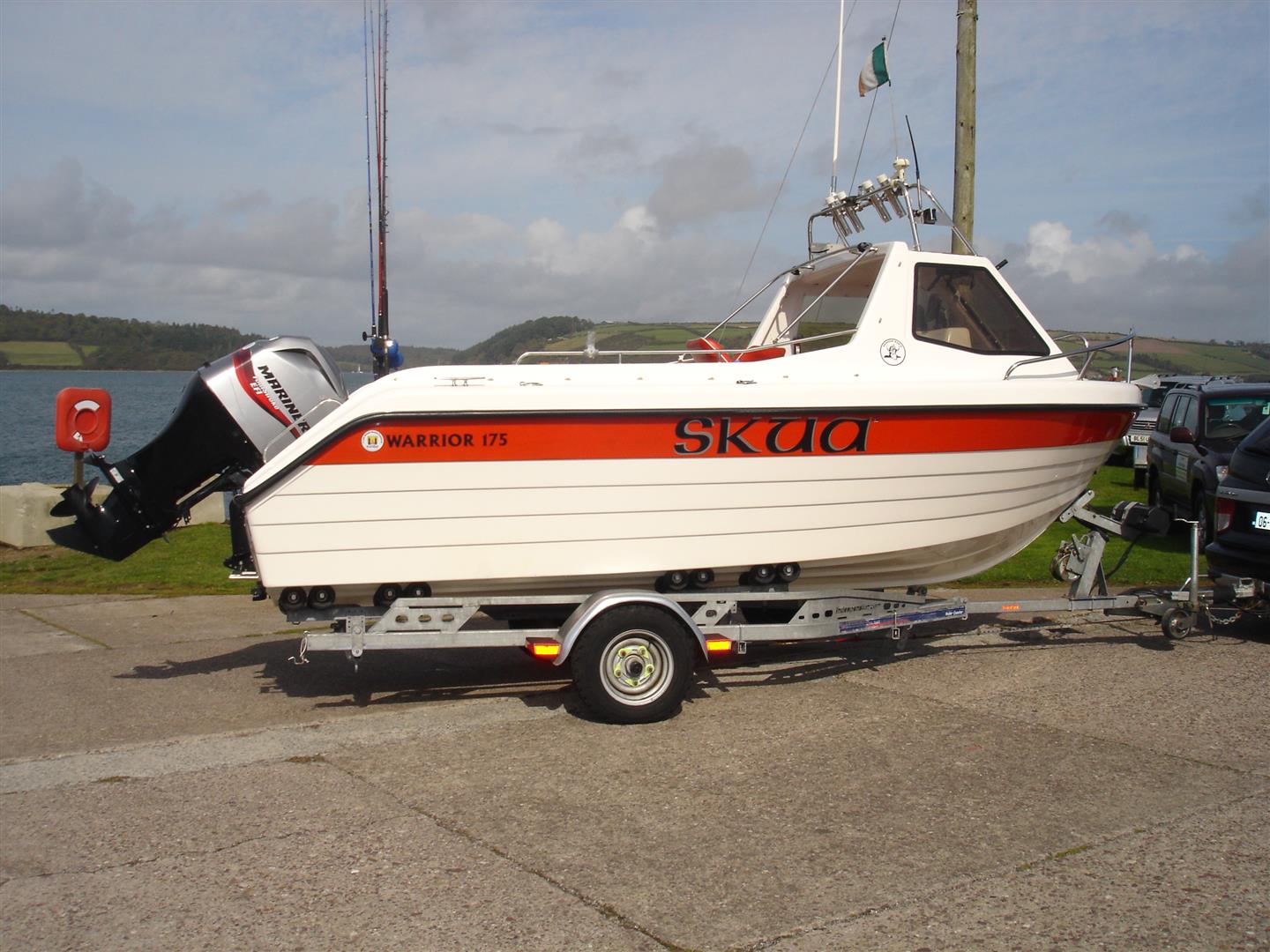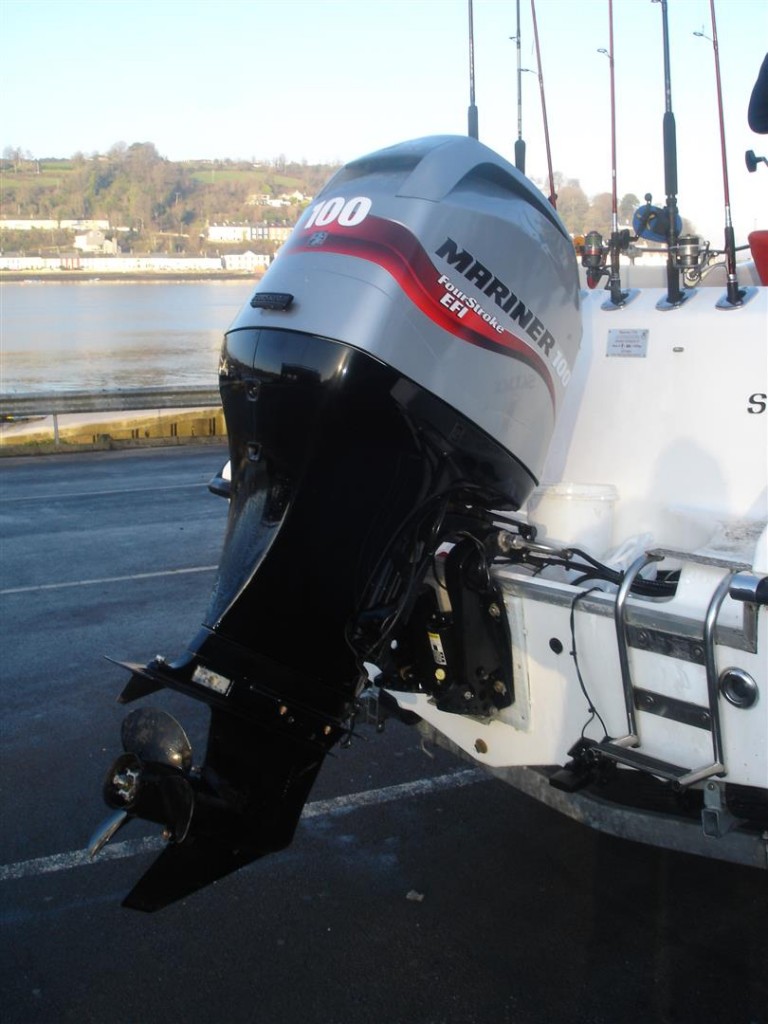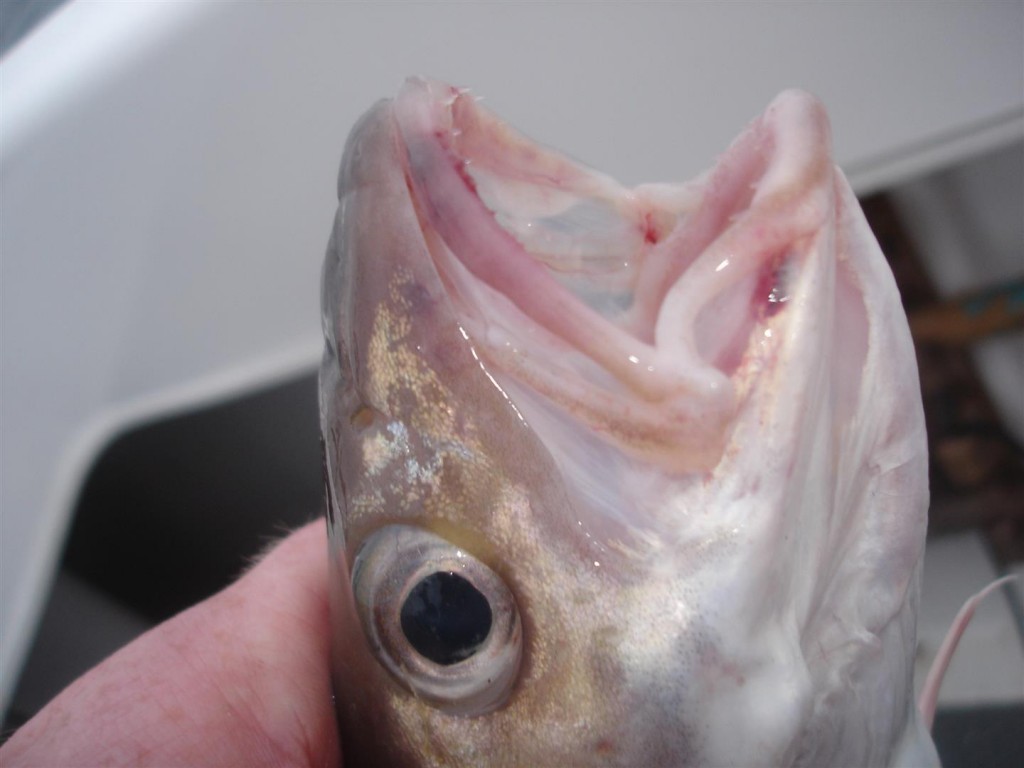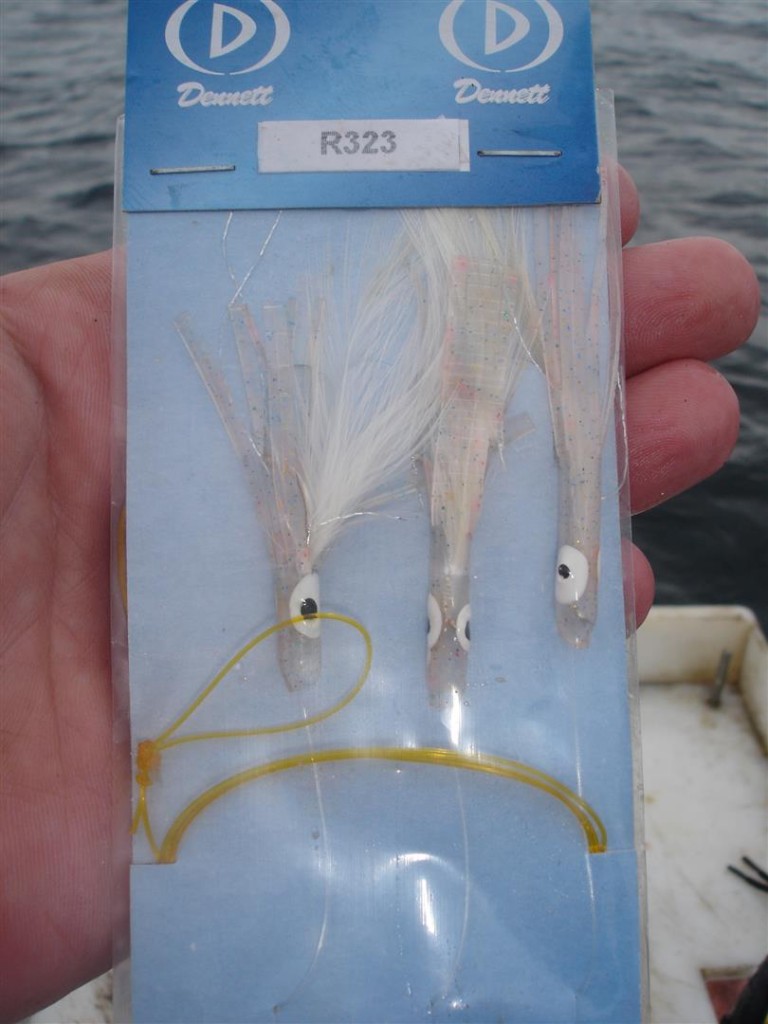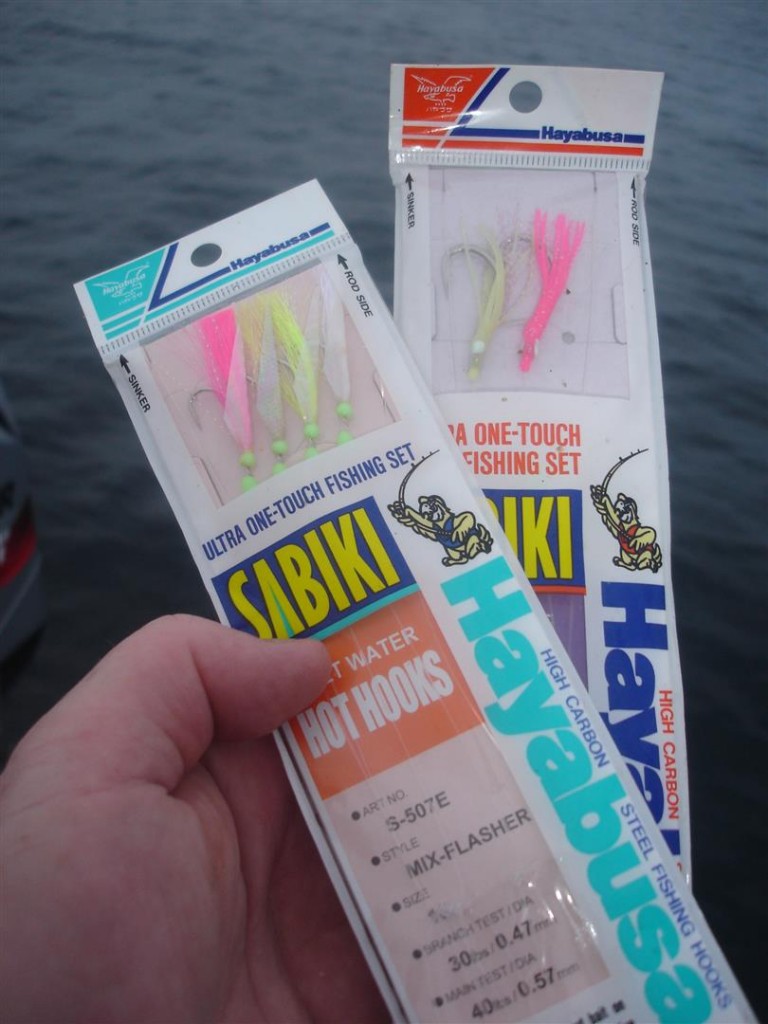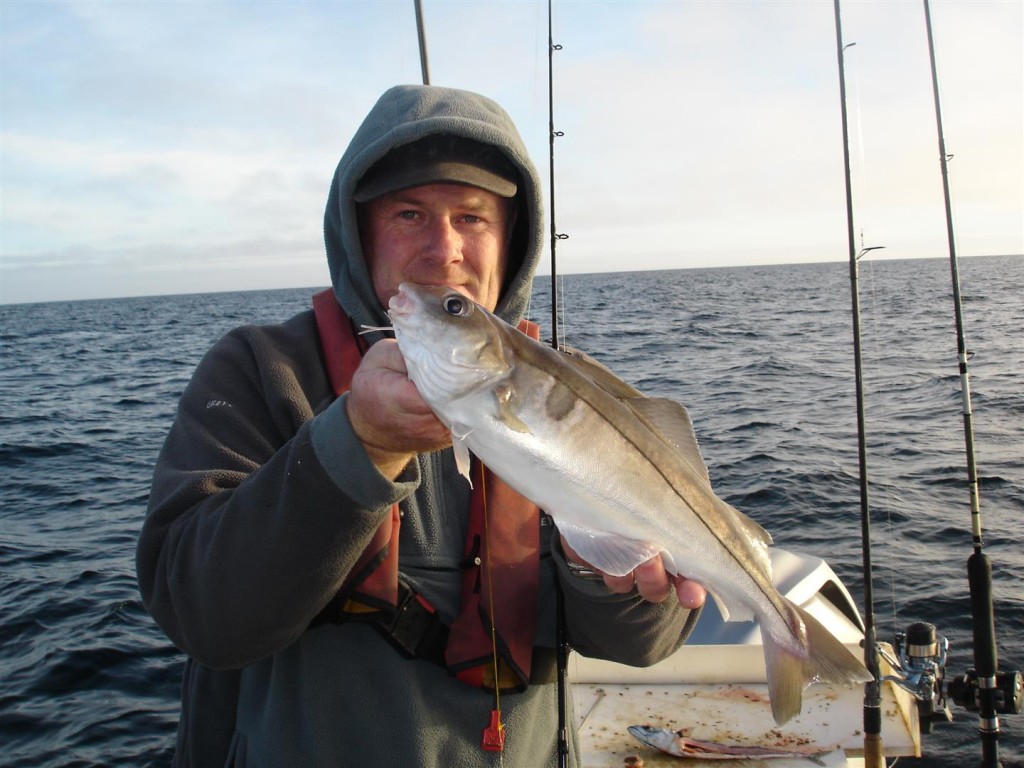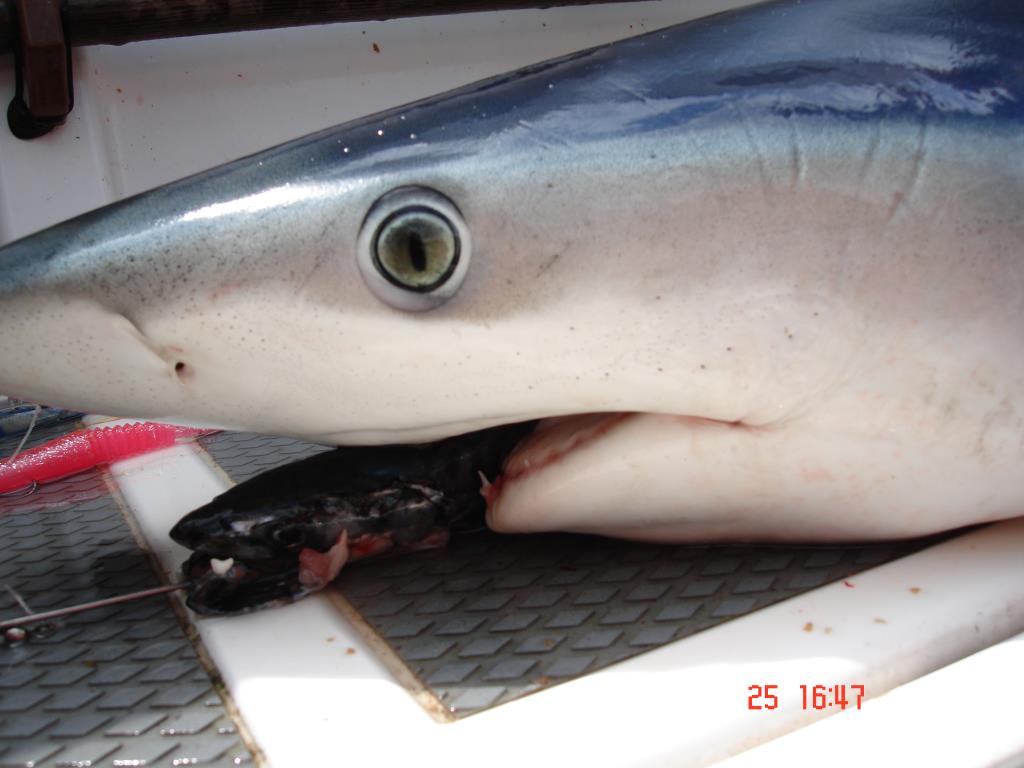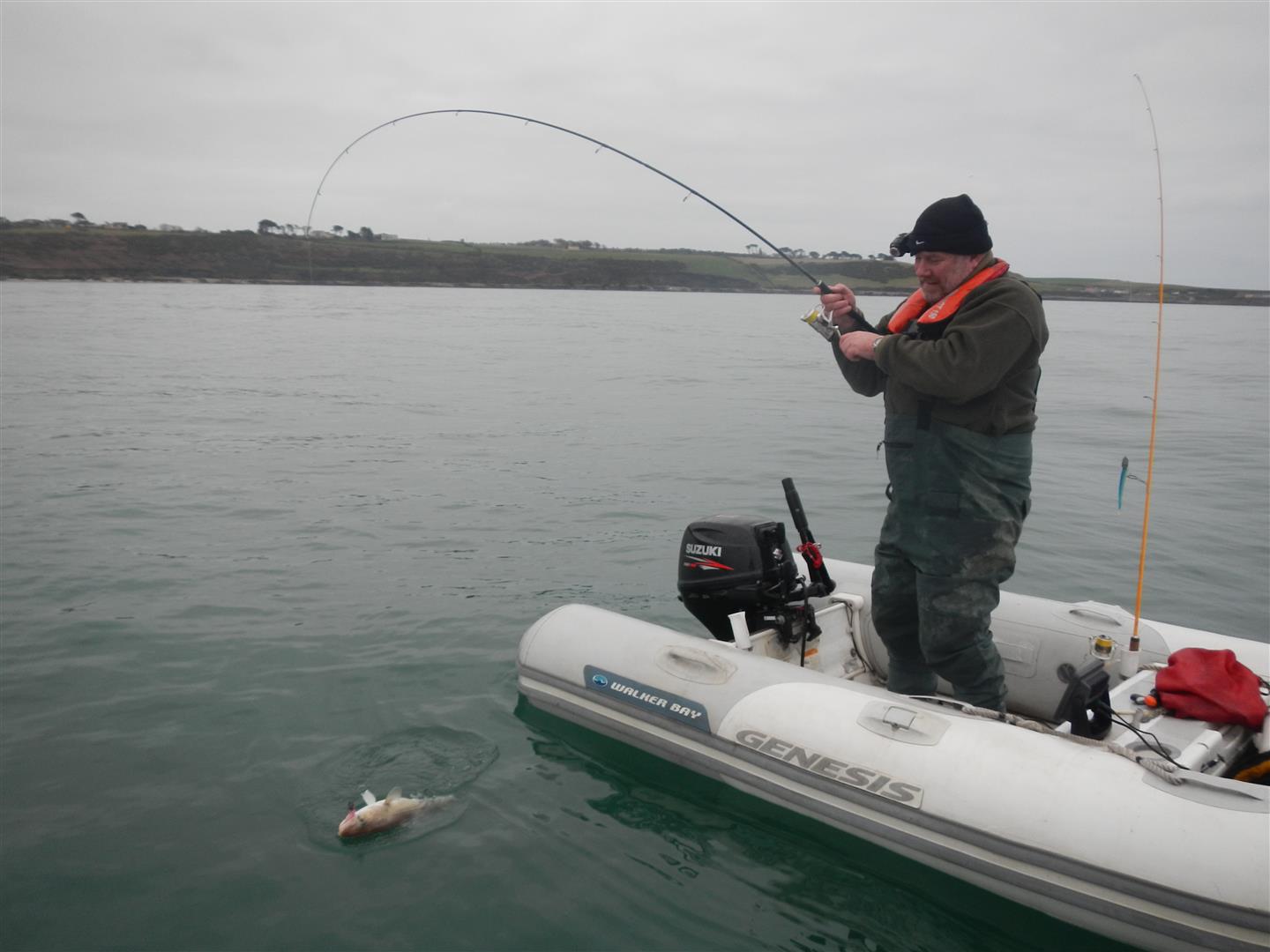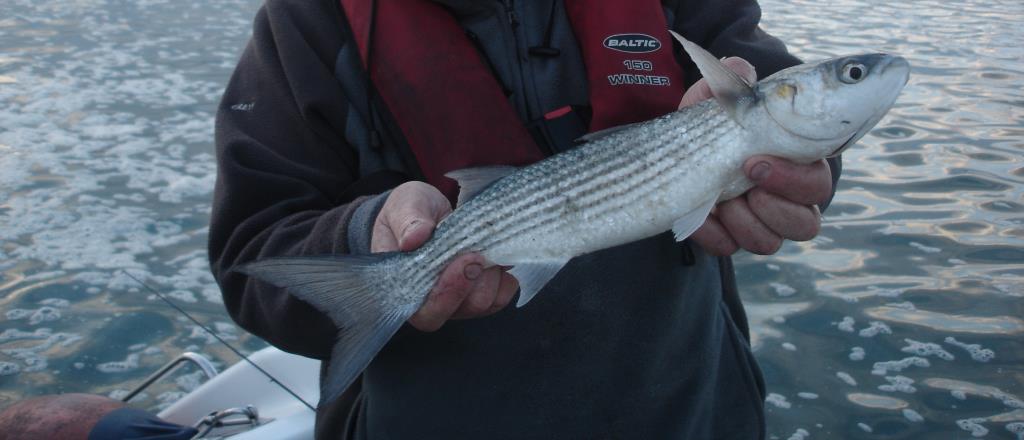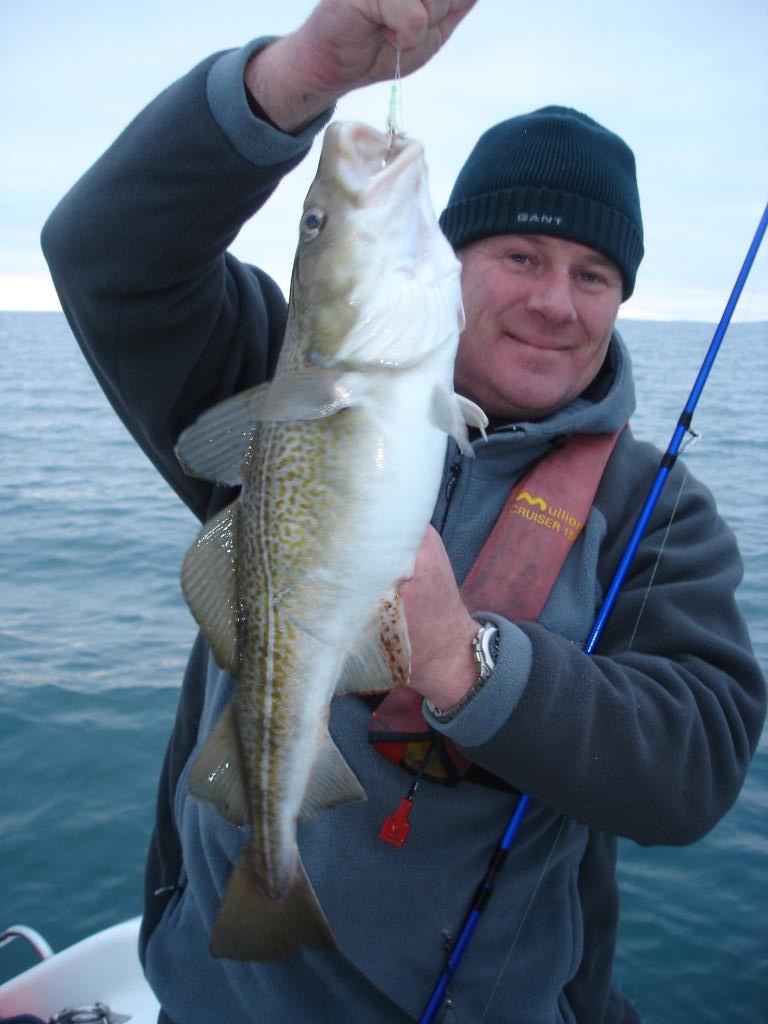*Winterising! – Use it or Park it – Take Care of Your Craft!

Winterising!
It is not fair to say that we enjoy all winter fishing. I think we tolerate the tough conditions and the generally poorer return because the alternative, not fishing at all and winterising the boat, is worse! It is fair to say that long periods of lay up are neither good for your set up nor your mind. If you do lay up your boat for the winter there are some areas that should be addressed. It is not just a case of parking your pride and joy and hoping that everything will be fine in a few months when it is time to go fishing again; care at this time of the year will ensure a trouble free start to your exploits later when winter makes way for spring.
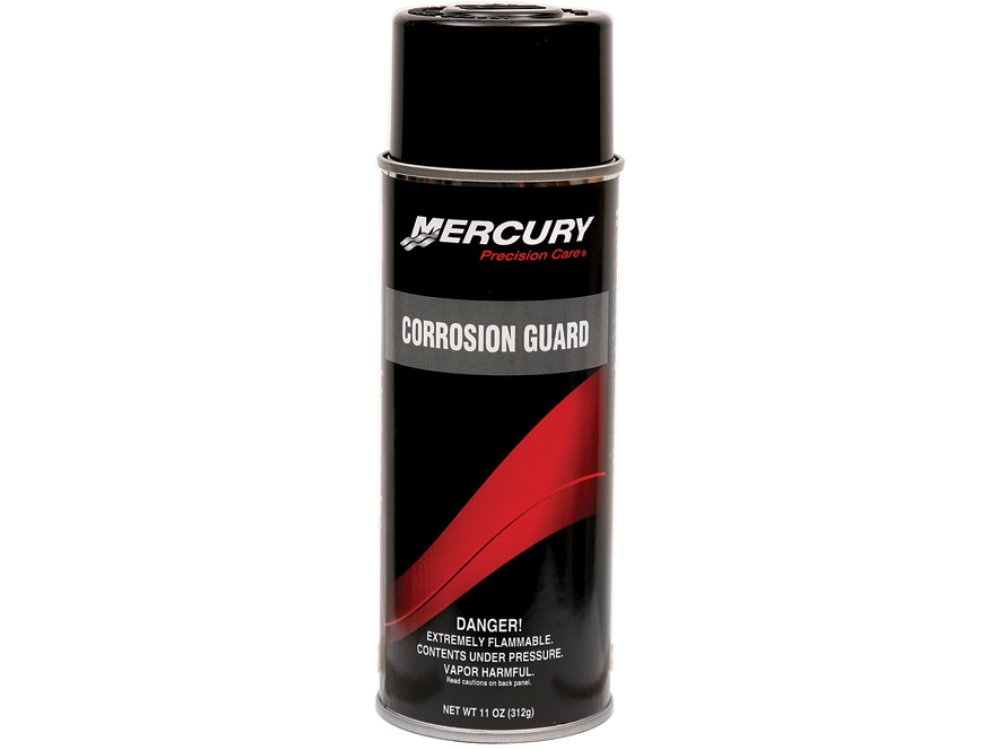
Winterising
If the lay up is going to be for a few months your power plant needs some specific attention. After flushing out the cooling system with fresh water (you can consider a splash of oil or washing up liquid in this flush)either using the built in flushing system, a set of muffs or a barrel of water. Where it is recommended that you introduce some oil into the cylinders. You can purchase some “fogging” oil from most dealers, an alternative is some two stroke oil introduced into the cylinders through the spark plug holes. After introducing some oil turn the engine over without the spark plugs fitted to coat the cylinders. E-Tec two-stroke motors have a winterising programme that does this automatically. The effects of weather seizing cannot be under estimated as any mechanic will tell you. It would be no harm to apply some corrosion guard on the cylinder head and exposed metal under the cowl, however be sure that it will not react with the covers of wiring and sensors, to be safe apply the lubricant with a small rag. I use Quicksilver’s “Corrosion Guard”, worth its weight and worth doing. Grease all points on the engine. I like to pump grease until we see the fresh grease appear from the area. It would be recommended that engines are stored in a vertical position so once you park up the boat drop the engine from the travelling position to as close to vertical as you can without damaging the skeg.
Note: I have never used fogging oil myself. My engines get some use over the winter so they to not need to be fogged. Many years ago I had a problem with Yamaha 2-stroke “weather seizing”. It was laid up over the winter. The mechanic was able to get it running easily enough but there was a valuable lesson learnt.

When you are flushing the engine for the last time before storage it important consider the fuel that is going to remain in the engine during the lay up. In previous times it would have been recommended to run the engine until it is dry. The latest thinking is that the engine should be stored “wet” as this is better for rubber and plastic bits within carburettors or injectors. We are sometimes told that petrol is a product with a shelf life. I was told that after three months in storage the additives will begin to separate and there is a possibility of gum and varnish forming within the petrol. Most dealers will carry a brand of fuel stabiliser that will allow the petrol to remain in good condition for a year. I must add that I have never had experience of problems with “stale” petrol after a short lay up. Add the stabiliser to the tank of fuel to the recommended dilution and run this through your engine to ensure that all fuel is stabilised. As said, I have often left “raw” fuel in my tank for long periods and never had any issue so really it is down to personal preference. You could use the fogging oil to keep carbs lubricated as well. It certainly is not a bad thing to cover your engine to protect the paintwork from the ravages of the winter and it will help to stabilise the temperatures and prevent freezing of any water in the cooling system.
Now that your baby is ready for hibernation it is important to consider the trailer. It is no harm to use some spray grease on the roller pins. If you have grease points on your hubs give these one last shot to eliminate any residual water. A shot of grease to the hitch grease points and a smear into the release lever will do not harm. Once the trailer is parked up in your driveway, shed or storage yard chock the wheels and make sure that the hand brake is not applied. Make sure that the brake mechanism on the hitch is in the “out” position and that brakes are not applied. Many skippers have lost a set of brake linings to binding over a short lay up. Finally either smear some Vaseline into the light board plug or remove the board entirely and store it in the shed. To be really sure of a trouble free spring put the trailer up on axle stands and spin the wheels every week or as you pass by, lets face it you are going to spend enough time looking at your pride and joy as you wish away the winter!
There isn’t a whole pile you can do to the hull and the deck fittings. If you are worried about the grade of stainless used in rod holders it would be no harm in giving them a wipe of Vaseline. A wash and wax of the hull is a great thing to do over the winter, especially if the boat is stored outdoors. Something like Boat Buddy wash and wax will help prolong the life of your gel coat. Covering your windows will lessen the effects of UV light which causes that annoying fogging of polycarbonate windows. It goes without saying that you should remove your electrics from the boat and store indoors. Dampness and extremes of temperatures under you cover will shorten their life considerably. You should disconnect your battery, even if you have an isolator switch fitted. You can now put the baby to bed and dream about fishing or dust down the tripod and think about standing on a cold dark beach for the next few months!
But you cannot ignore your pride and joy! No, it is important to jump in every now and then and move your steering. I would be a rich man if I got a Euro for every seized steering system in the spring. Whether cable or hydraulic every system benefits from a bit of movement every few weeks. Freezing temps are not good for hydraulic systems. I usually spray some silicone spray on the ram seals. Just be sure that what you spray is rubber friendly.
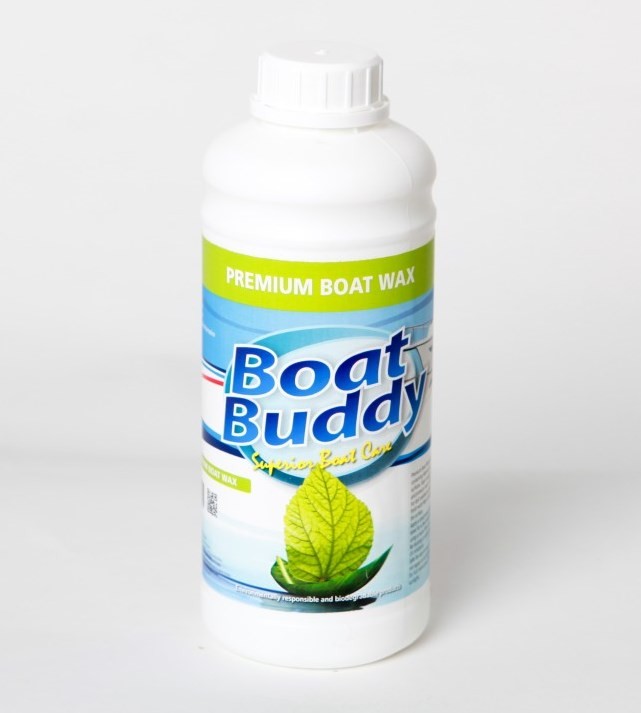
The Alternative
There is a superb alternative to winterising your boat – use it all year round! That is the route I take and therefore I have never have to winterise Skua, much. To be sure there is more work to winter fishing but it is nonetheless a better prospect than being without a run in the boat for a few months. The days are shorter and colder therefore I tend to fish shorter sessions. The effect of cold and the fact that fishing can be slow at times means that shorter trips are perfect to keep the boat & gear working and the mind from stagnating due to lack of fishing! Your location around the country tends to determine what level of winter fishing you can do. Cork harbour used and should be one of the greatest locations for winter angling but for the last couple of years the cod have failed to show in any numbers. As I write this piece we have a showing of small fish so things are not too bleak. Boffins have shown that cod generally migrate due to necessity. In other words they migrate when food becomes scarce in an area, moving to a more food rich environment. If there is enough food in their area, mainly because there are less cod to eat the food, then there is no need to migrate at all. It has happened before on the east coast of the USA. I do not want to be too gloomy. There are still fish to seek out but the fishing tends to be trips of scratching out fish rather than the usual specific cod hunting. A scratching trip that yields a few different species and even a few nice whiting for the table cannot be all that bad. We get our winter kicks from this style fishing and is does us fine until the water begins to warm up again. We will spend time chasing elusive bass and rays but generally the fishing is more “scratchy” by nature.
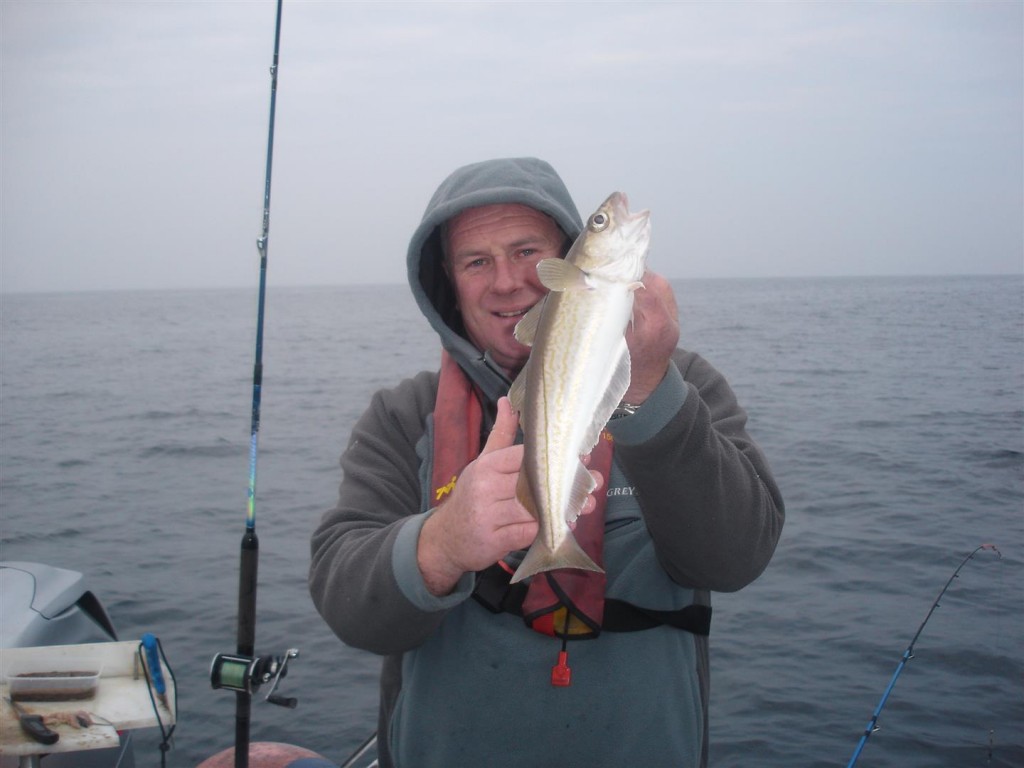
Setting yourself up for scratching couldn’t be easier. A nice light rod is a must. A rod in the six to twelve pound class is ideal, ideally one that has backbone enough to take a six ounce lead without bending into an s-hook. Penn’s Tidecuter 6-12 springs to mind as does the Diawa Kensaki, another 6-12 rod. There are plenty of mutli-tip rods that will suit the bill perfectly as well. A reel in the class of a Penn 525 or 535 or any decent quality reel in the 5000-7000. A Slosh 20 or 30 or an Abu 6 or 7 series reel will also fit the bill. Any one of these reels filled with quality braid will scratch with the best. Ideally you want a setup that is light enough to be held all day and will allow smaller fish like whiting, gurnards and haddock to express themselves yet be powerful enough to tackle an eight pound cod or decent winter pollack.
Heading to sea in winter time is the greatest test of gear known to man and that is not just fishing gear. A cold winter’s day will expose shortcomings in your clothing faster than you can say double pneumonia! Many use floatation suits however in recent times I wear neoprene chest waders. Neoprene waders are ideal because they are warm and also the chance of getting wet feet is diminished. You will survive a wetting in the summer, in winter it will ruin your day. Instead of the floaty suits we layer up starting with a good base layer, manygood tackle shops stock base layers by some of the better manufacturers. Over the base we will wear t-shirts and fleeces remembering the golden rule – you can always take a layer off if you are too warm.
2017 – I use the neoprenes less nowadays and use breathable waders. Under the waders I can wear thermal pants if required. Good socks and the neoprene stocking feet of the waders keep toes suitably toasty. Ccheck out Climb8 clothing. Their chest waders are well priced and high quality.
It is snug anglers that set about getting SKUA ready. It takes a little more work in winter as the boat is largely empty of gear. Electronics must be fitted and rods must be loaded before setting off to the slipway. I have said it before but it is worth saying again: fit and test all your gear at home rather than at the slipway. You have a better chance of sorting your problems at home surrounded by your tools than at the slipway. My Smartcraft gauges have a very useful function. The system self tests when you turn on the ignition and one of these tests checks that you have enough power in the battery to start the engine. It is not always the easiest thing to check at home without getting out the mufflers but you should carry a set of jump leads in your tool box. A set of jump leads got me out of a couple of scrapes where I started the engine from our spare battery. It saves time disconnecting and reconnecting the battery.
We have elected to launch from Guileen and head to sea today. We will visit some different marks, our main plan is to check some offshore marks to see if there are cod showing. We are not confident of cod so we will fall back on fishing with both paternosters and legers to eek out as many species as we can and hopefully get a few fish for he table as well. Water clarity is one of the main causes of poor fishing in the winter time. Fish that are used to hunting by sight as well as smell will struggle to locate baits in murky storm coloured water. We head offshore to where the “shore effect” is less noticeable. We are well provisioned with bait. We have perfected our rag worm storage facility and now can keep them for months on end- Simply stored in the fridge in shallow trays of coral sand does the trick. We have plenty of frozen crab with us that will do perfectly well for cod and of course where would you be in winter without a bag of frozen mackerel! Gear set, location set, bait set, let’s get fishing!
Once we stop near our mark we tackle up. Rather than going to anchor we will drift the area to see if we can locate some fish. If we find that the fish are holding in a small area we will anchor but in fairness most of this style fishing is done on the drift. If the ground is rough use a paternoster. On balance a shop bought trace will usually do as good as a home made one. With me it usually depends on my humour on the day, sometimes starting with a homemade trace while other days I will reach for the packet. One thing is for sure; if the fishing is slow I will vary my traces and will try every different paternoster in my box. There is an endless variation in shop bought gear. This holds for quality as well as type. If you rarely get more than a days fishing out of a trace before loosing it or binning it then buying gear with cheap hooks is fine. This can often be the case when catching whiting, a fish that seems to have a knack of messing up most traces. On the other hand a trace with quality hooks and good line will last a few trips out, especially if you wind it onto a rig winder when finished. Dennetts have a well priced rig that, though it looks cheap and cheerful, does the business- the R323. The daddy of them all are the Hyabusa range of traces. Their S507E is a great scratching rig as are the various mini muppet traces. We find that these are tied with quality hooks and quality line that last the distance. To be fair they are more expensive and can be lost on a snag as easily as a cheaper trace but if not lost they will fish exceptionally well and they will stay in good condition in your box until the next trip. When not using “shop” traces we will use our home made traces. A typical scratching paternoster would two to four feet long with two or three snoods. Line is a matter of choice but anything from thirty to sixty pounds is acceptable. Some would favour crimping the snoods in place but I find that snoods tied with a “dropper loop” do just as good a job and are faster to tie. If you are not sure how to tie a dropper loop a quick Google will give you plenty of video demonstrations. Home made traces are better for presenting crab and worm baits as you can slide the beads and blades up the snoods easily. The experimentation you can do with this style of trace is endless – overall length, snood length, hook size and attractors can all be varied, you will eventually settle on favourite patterns.
While worm and crab baits will tempt the more elusive species you will find that mackerel will tempt the majority. Whiting, haddock, gurnards and pouting will all snaffle up a well presented piece of mackerel. We have said it in a previous article – thin slivers of mackerel flapping in the tide like a small fish will catch more than big chunks of fish. You might find that frozen mackerel needs to be hooked twice to ensure it stays on the hook, fresh mackerel fishes perfectly just hooked once. Drift after drift we scratch out a result for our day. Whiting can begin to approach plague proportions but there are some fine fish that are well worth chasing. A mix of red, grey and tub gurnards add to the mix and we are delighted with a few nice haddock. Drifting yields results and the fact that we are moving around keeps us warm thoughts of spending time stationary at anchor are banished by a biting north wind! This is bait fishing. I purposely have steered clear of lure fishing on this occasion. I like my lure fishing so much I think it deserves an article of its own!
Back at base, we strip our gear from Skua again. It may be some time before our next trip, such is the weather. While we stop short of winterising the boat we will start and flush out the engine if the weather dictates that we do not fish for a few weeks. It is all in a days work for the winter dinghy angler.
(This article featured in Irish angler in 2008)





